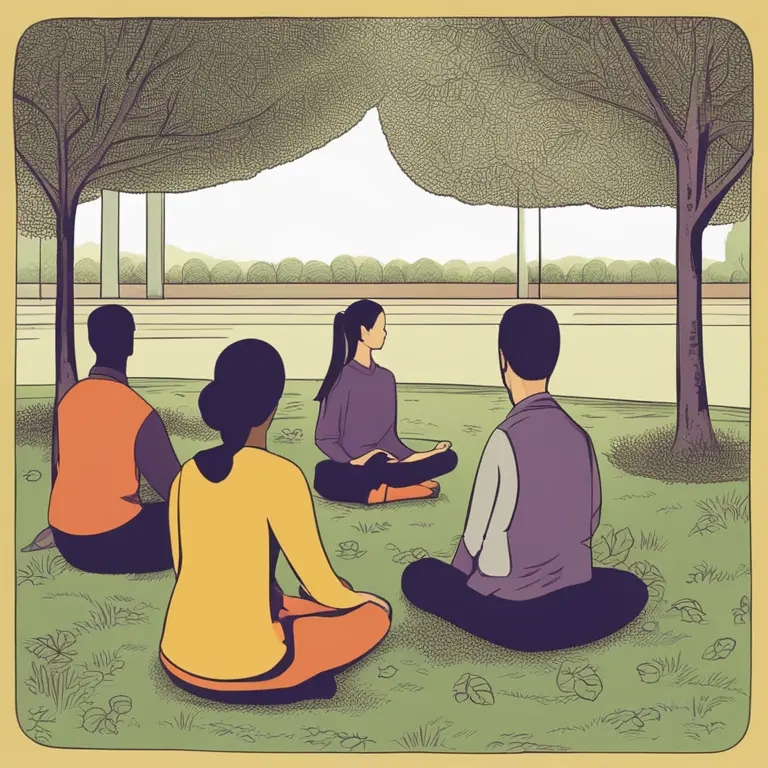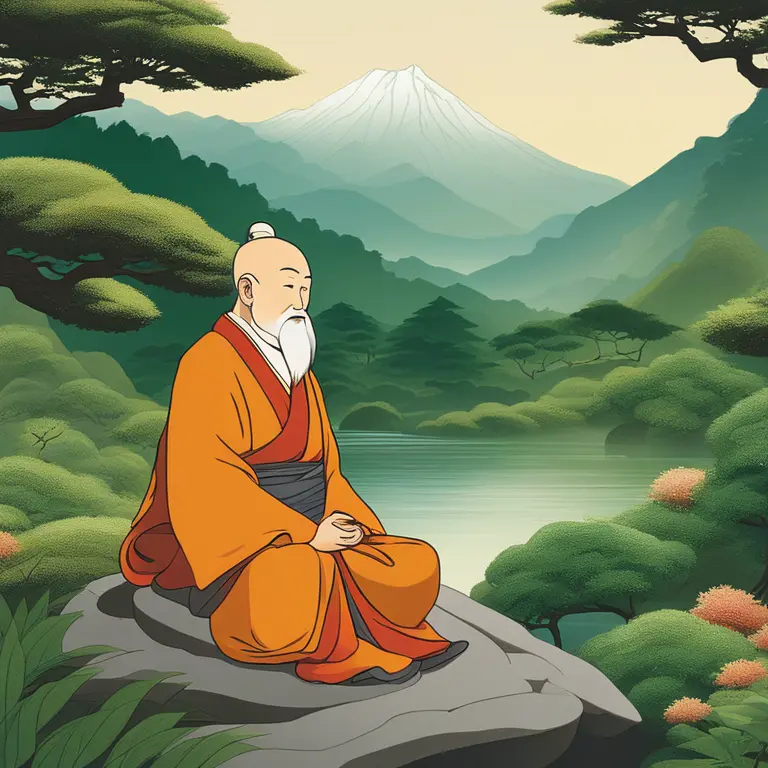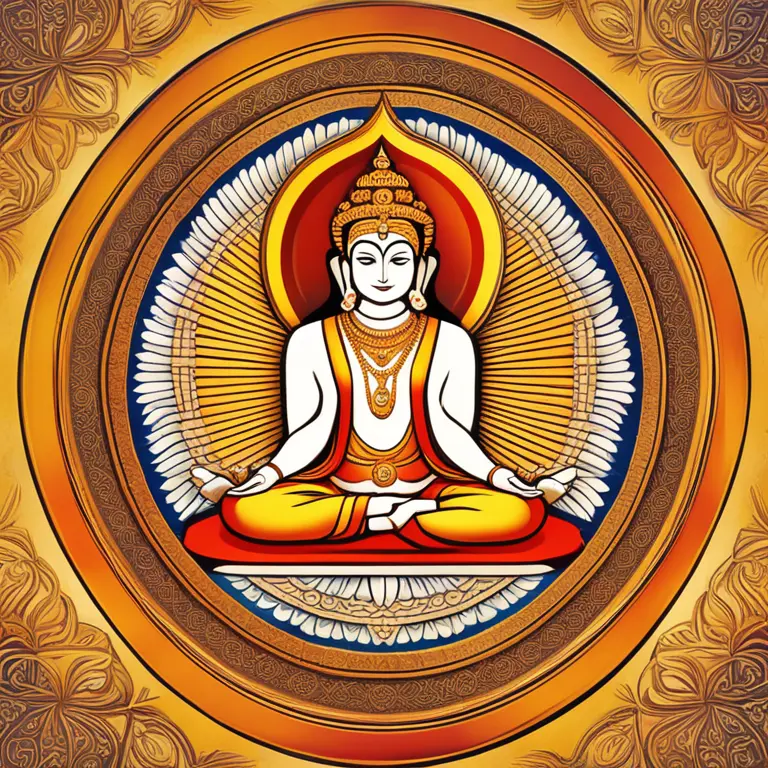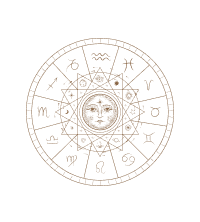
The Authors Behind Meditation Literature
Delve into the minds of the writers who have shaped the world of meditation thought and philosophy through their influential texts.
article by Hina Kurosawa
The Genesis of Meditation Writings
Meditation, a practice as ancient as civilization itself, has been guided and codified by the words of countless thinkers throughout history. This venerable tradition, rooted in various cultural and spiritual contexts, has produced a rich tapestry of literature aimed at cultivating inner peace, enhancing mindfulness, and achieving deeper understanding of the self and the universe. As we seek solace in an increasingly digital and frenetic world, the teachings of these authors prove more relevant than ever, providing a bridge to tranquility and self-realization.

Patanjali's Yogic Contribution
One pivotal figure in the realm of meditation literature is the sage Patanjali, whose "Yoga Sutras," composed over 1,700 years ago, continue to resonate. His work systematically encapsulates the philosophy and techniques of yoga, a discipline that is as much about mental fortitude and meditation as it is about physical postures. Patanjali's sutras provide the foundation for countless meditation practices, encouraging seekers to explore the eight limbs of yoga in their quest for samadhi, or enlightenment.

The Zen Perspective: Dogen's Insights
Moving eastward, the Japanese monk Dogen Zenji, founder of the Soto school of Zen Buddhism, composed the "Shobogenzo" ("Treasury of the True Dharma Eye") in the 13th century. His profound texts have sculpted the practice of Zazen, a form of seated meditation that emphasizes the inseparability of practice and enlightenment. Dogen's writings urge meditators to abandon all conceptual thought and to experience reality directly through the power of meditation.

The Modern Mindfulness Movement
In contemporary times, Jon Kabat-Zinn has emerged as a key proponent of integrating meditation into Western healthcare. His book "Full Catastrophe Living," published initially in 1990 and frequently updated to suit the evolving societal landscape, introduces the layperson to the benefits of mindfulness meditation, a practice grounded in Buddhist teachings but widely applicable to secular life. Kabat-Zinn's work has fostered a deeper understanding of meditation's therapeutic potential.

Thich Nhat Hanh: The Art of Mindful Living
Thich Nhat Hanh, a Vietnamese Zen master and peace activist, brought the art of mindfulness to the masses with his poetic writings. His seminal work, "The Miracle of Mindfulness," presents meditation not just as a seated practice but as an approach to living each moment deeply and compassionately. Published in various editions since the 1970s, his teachings encourage readers to cultivate peace within themselves as a path to creating peace in the wider world.
Eckhart Tolle and the Power of Now
As we navigate the complexities of the 21st century, Eckhart Tolle's "The Power of Now" advises readers to release their attachment to the past and the future, in order to realize the richness of the present moment. This book, with its straightforward prose, has become a cornerstone of contemporary spiritual literature, emphasizing the transformative potential of present-moment awareness and helping readers to harness the depths of meditation.
Published: 1/14/2024
Modified: 1/15/2024
More predictions
Come back here soon to learn more about yourself and your future


Mindfulness & Meditation: A Guide for High Schoolers
Discover the benefits of mindfulness meditation tailored for the hectic life of high school students, and learn simple strategies to incorporate it into the daily routine.


Healing Through Mindfulness: Meditation & Trauma Recovery
Mindfulness meditation offers a powerful tool for individuals seeking solace and healing from traumatic experiences. Discover how this practice can aid in the journey towards inner peace.


Easing Loneliness with Meditation
Discover how mindfulness meditation can provide solace and connection to mitigate feelings of loneliness, enhancing emotional and mental well-being.